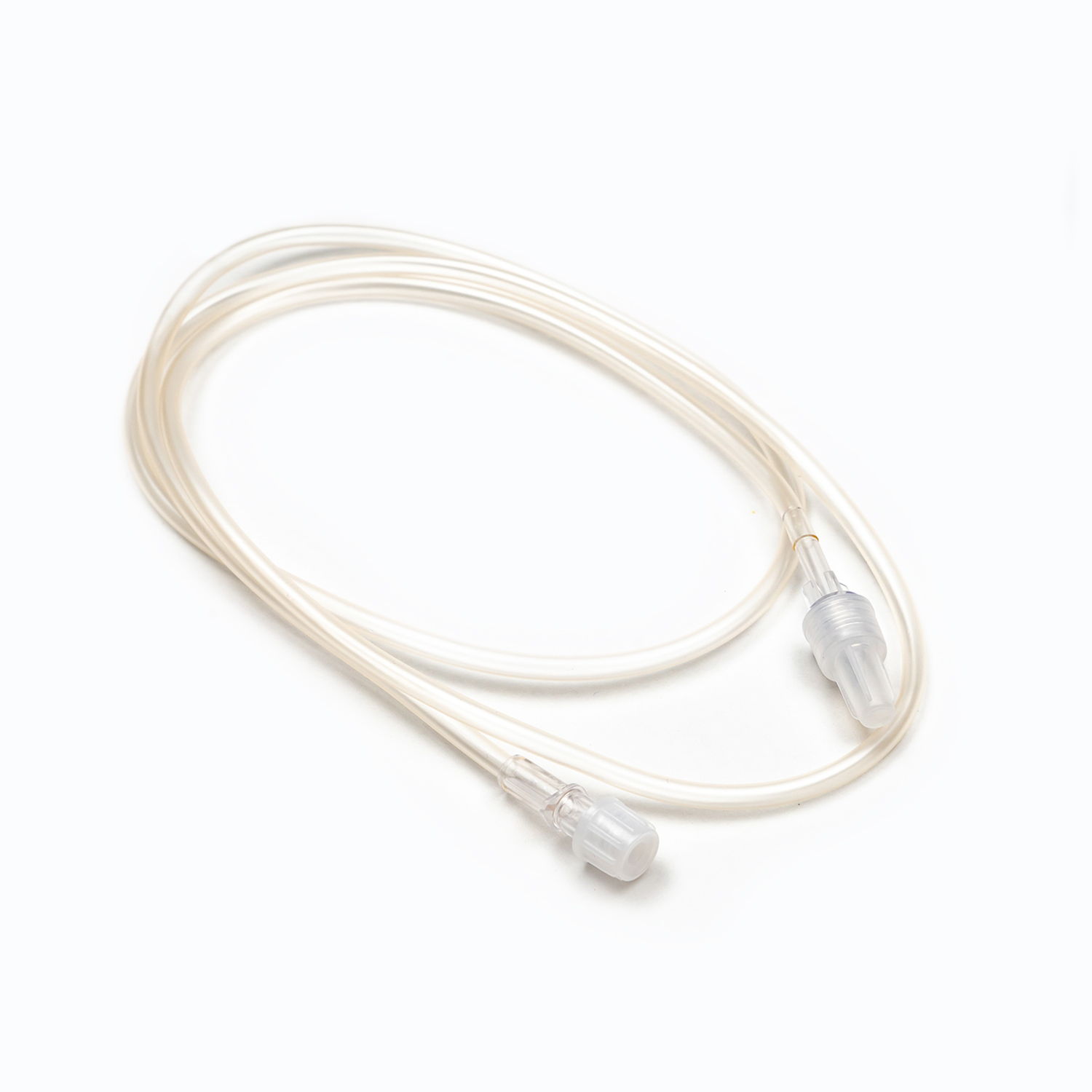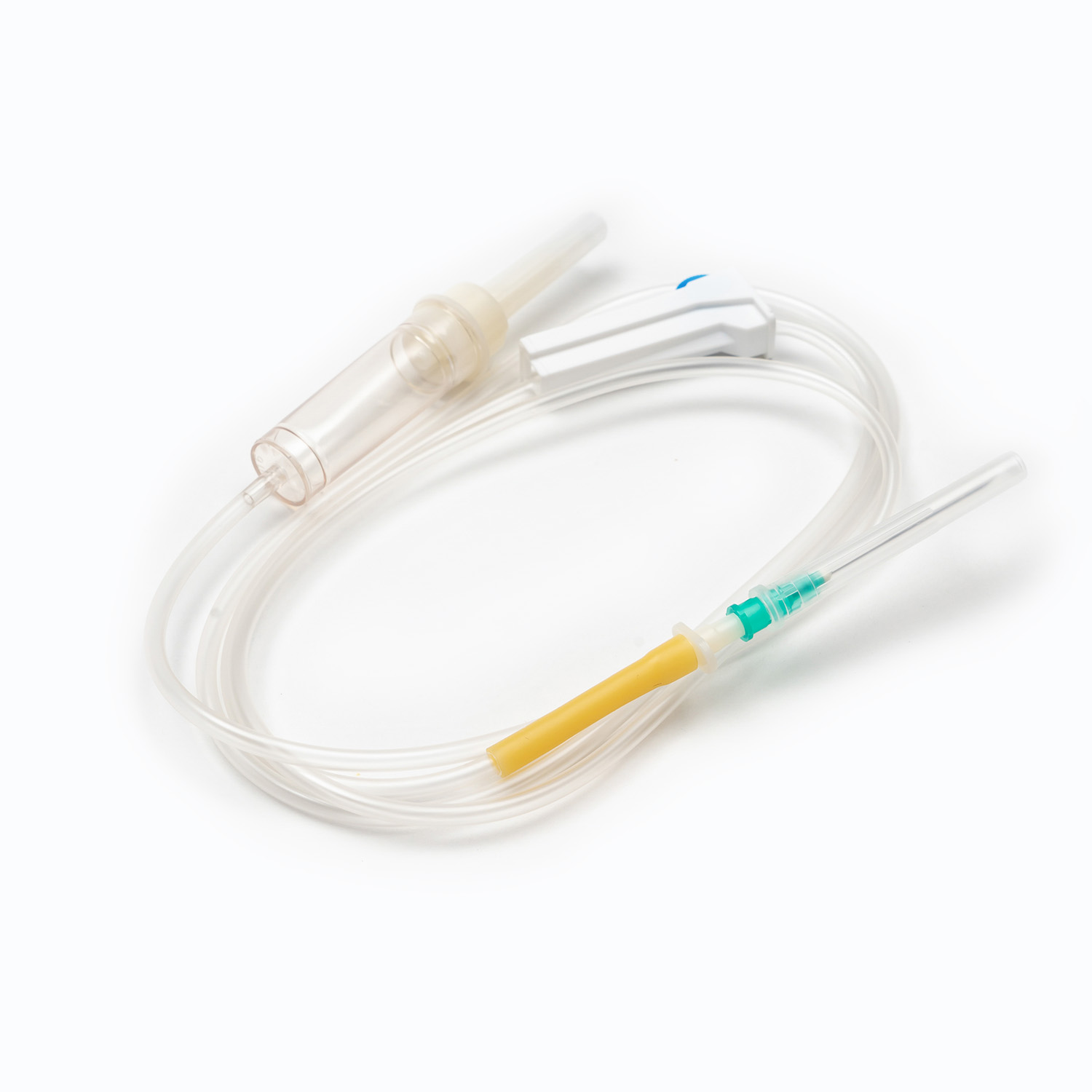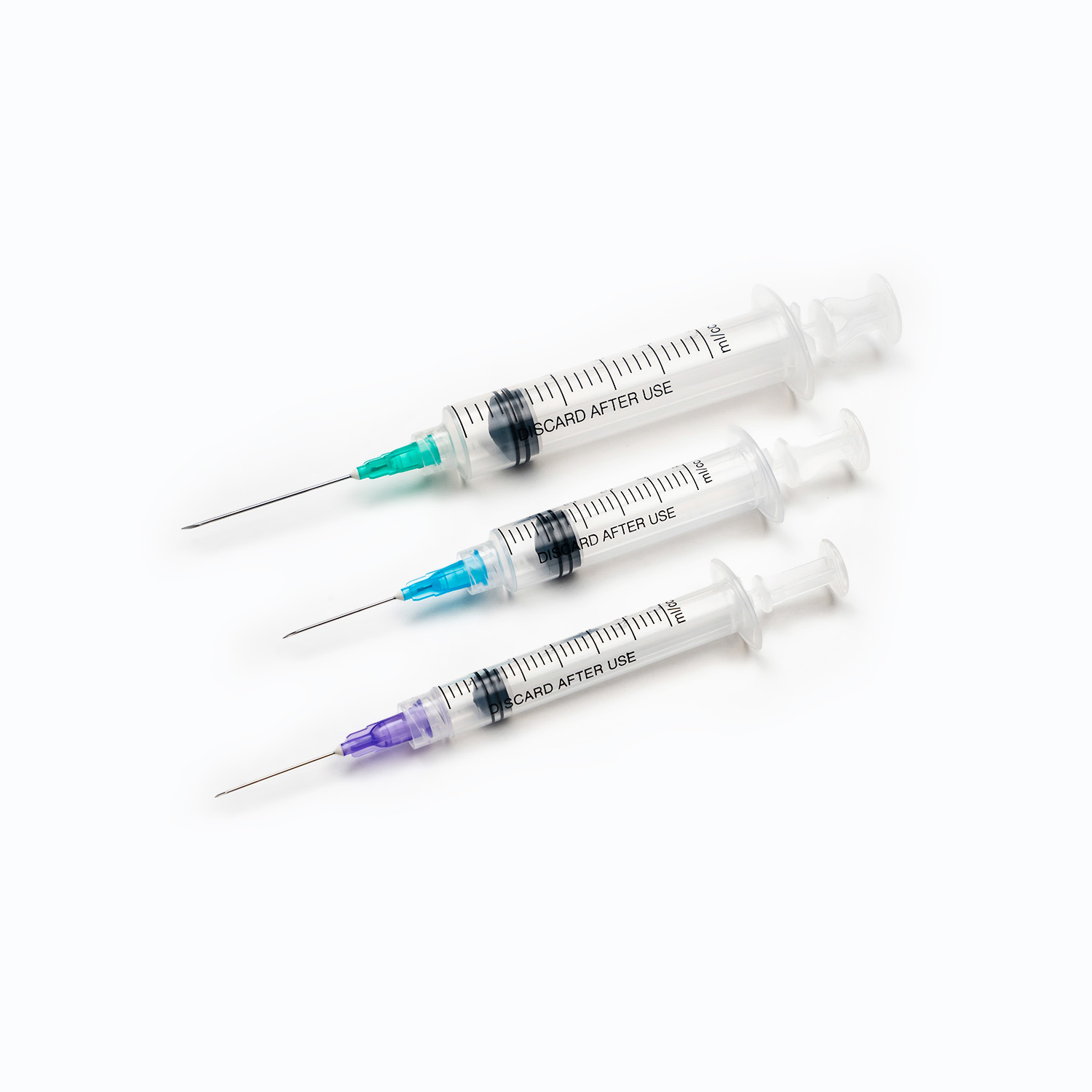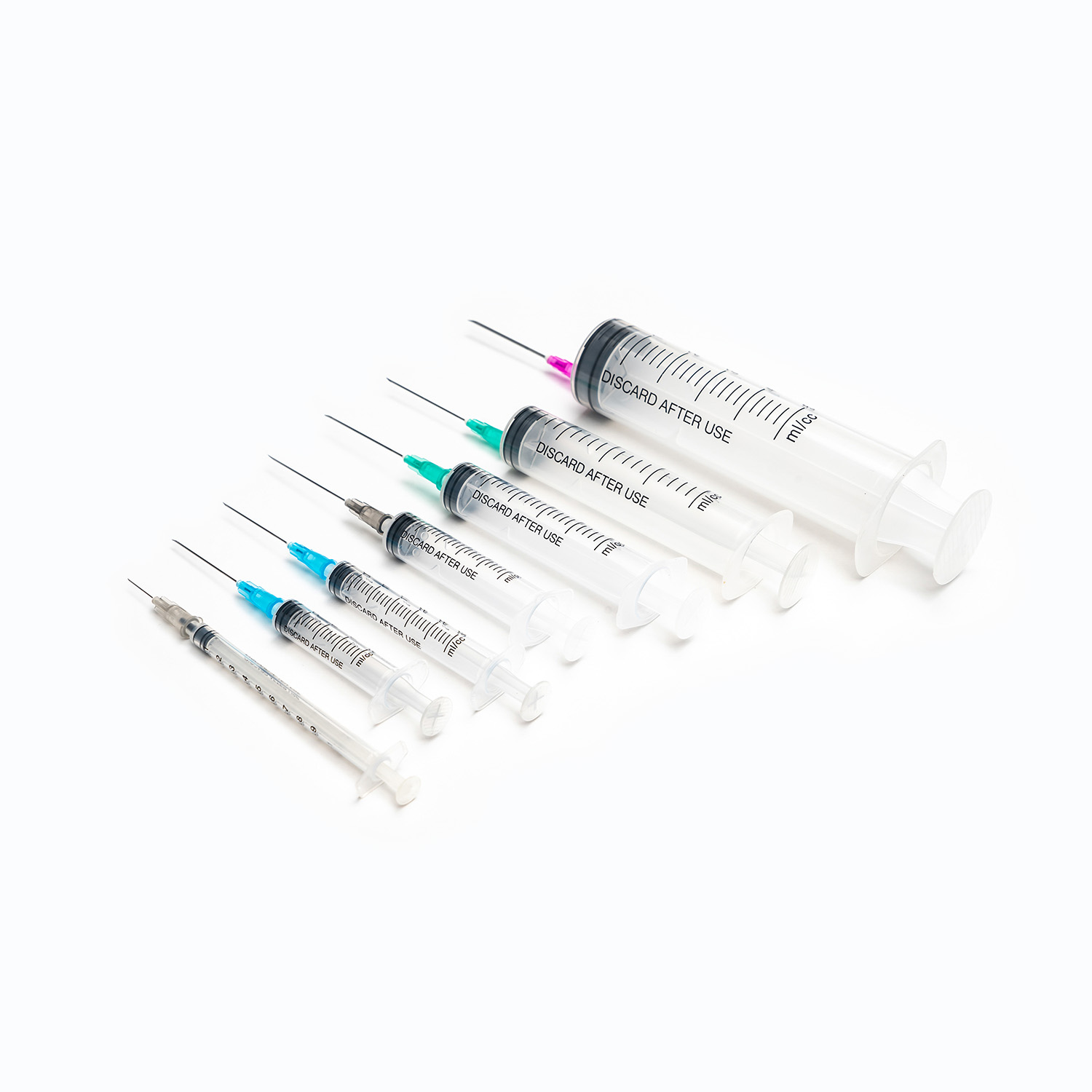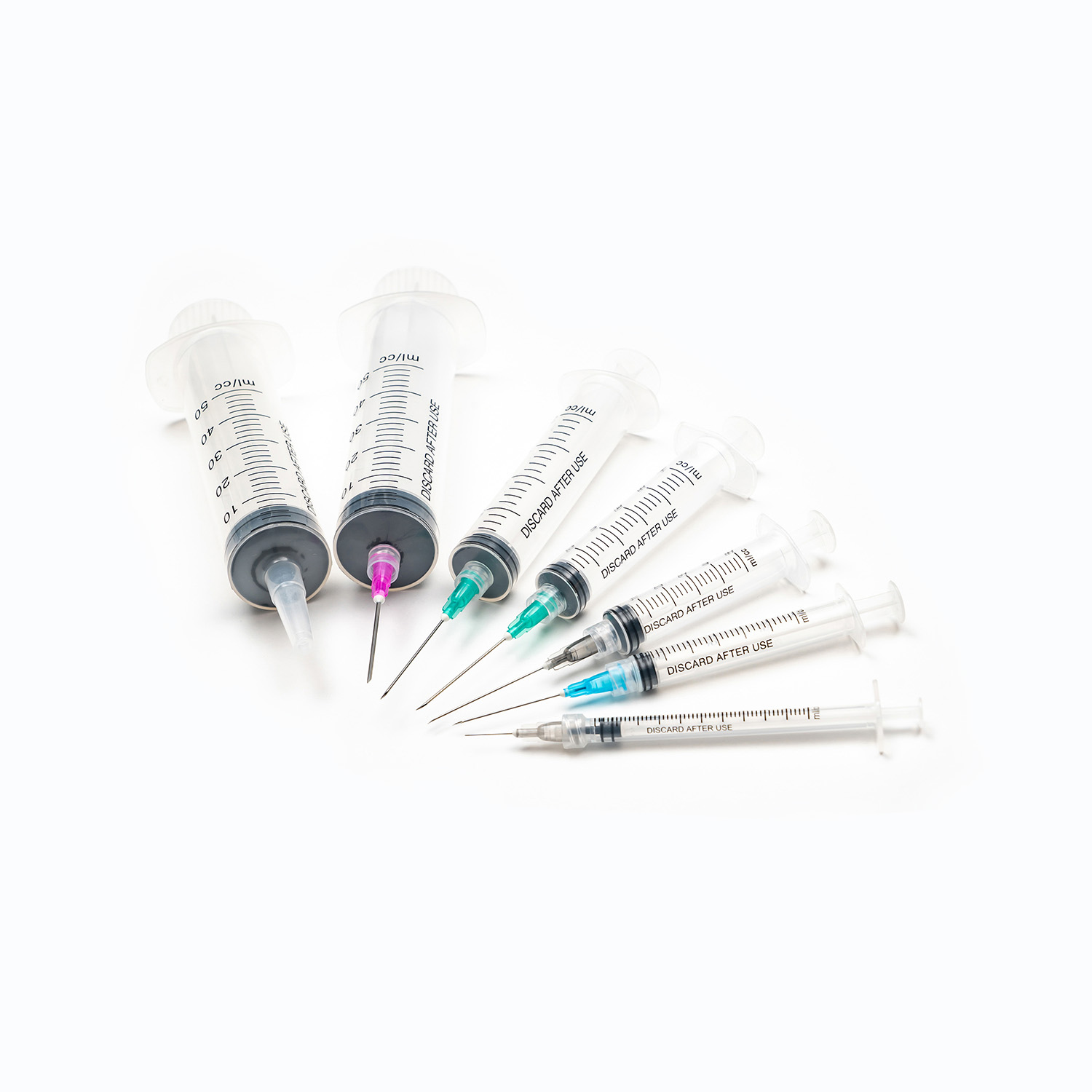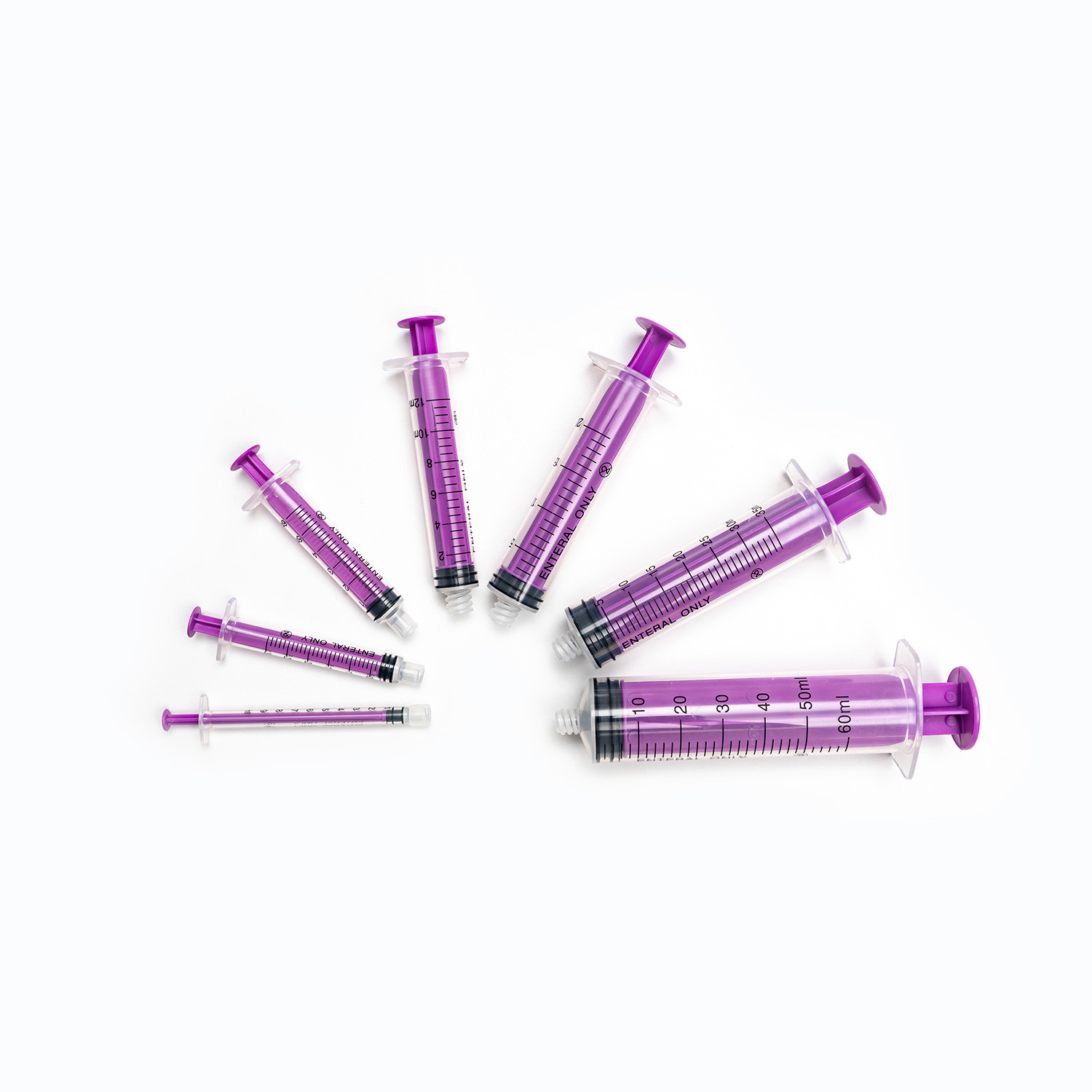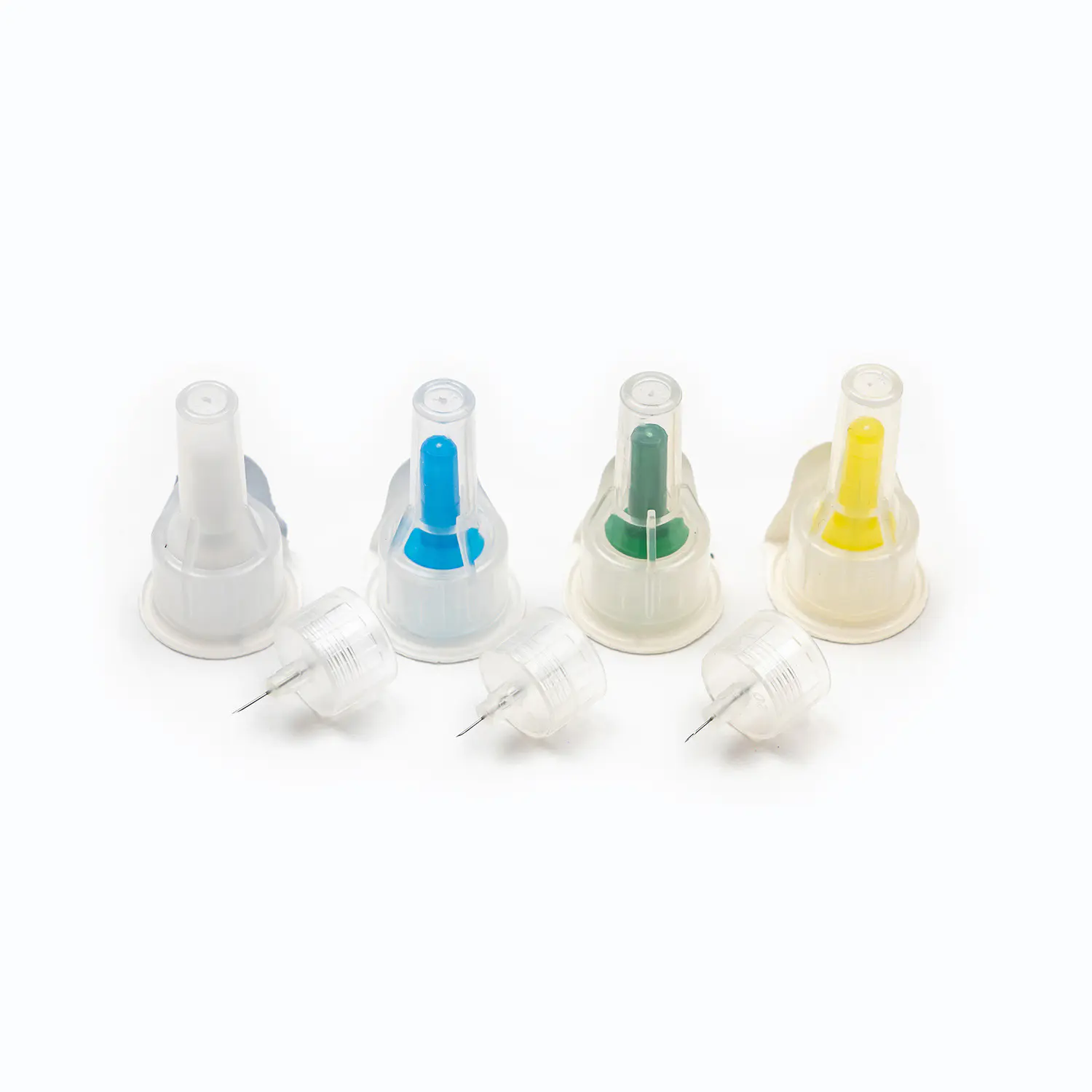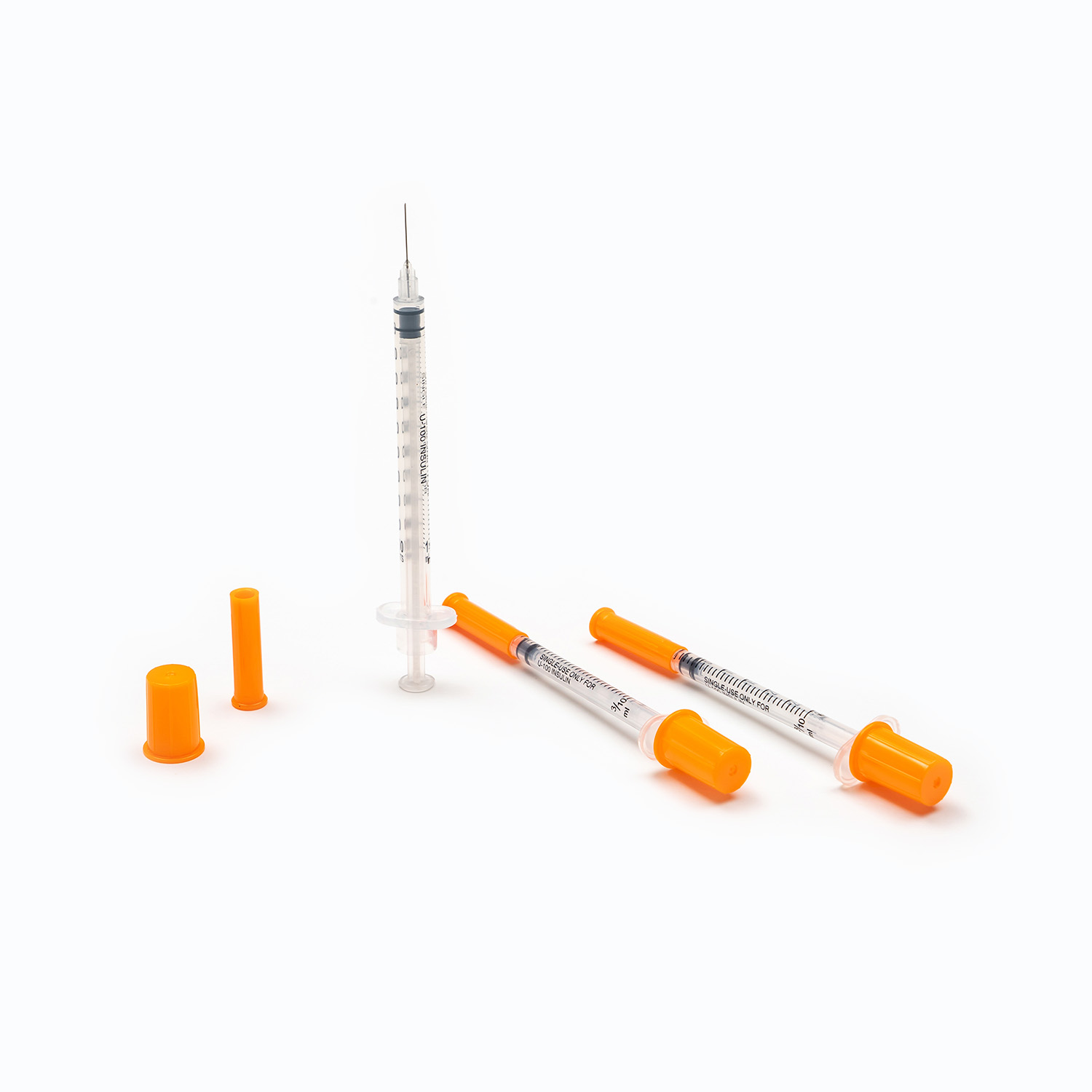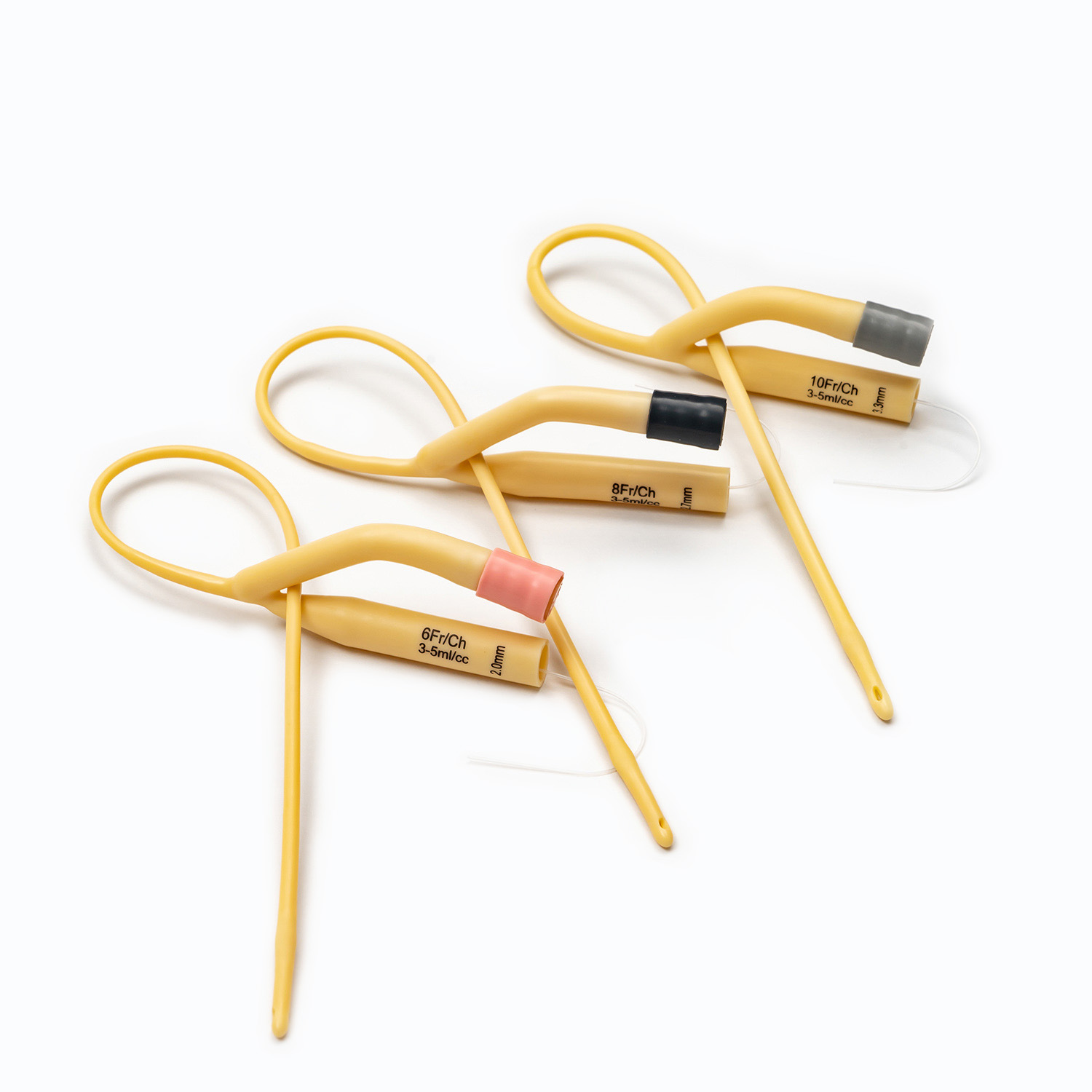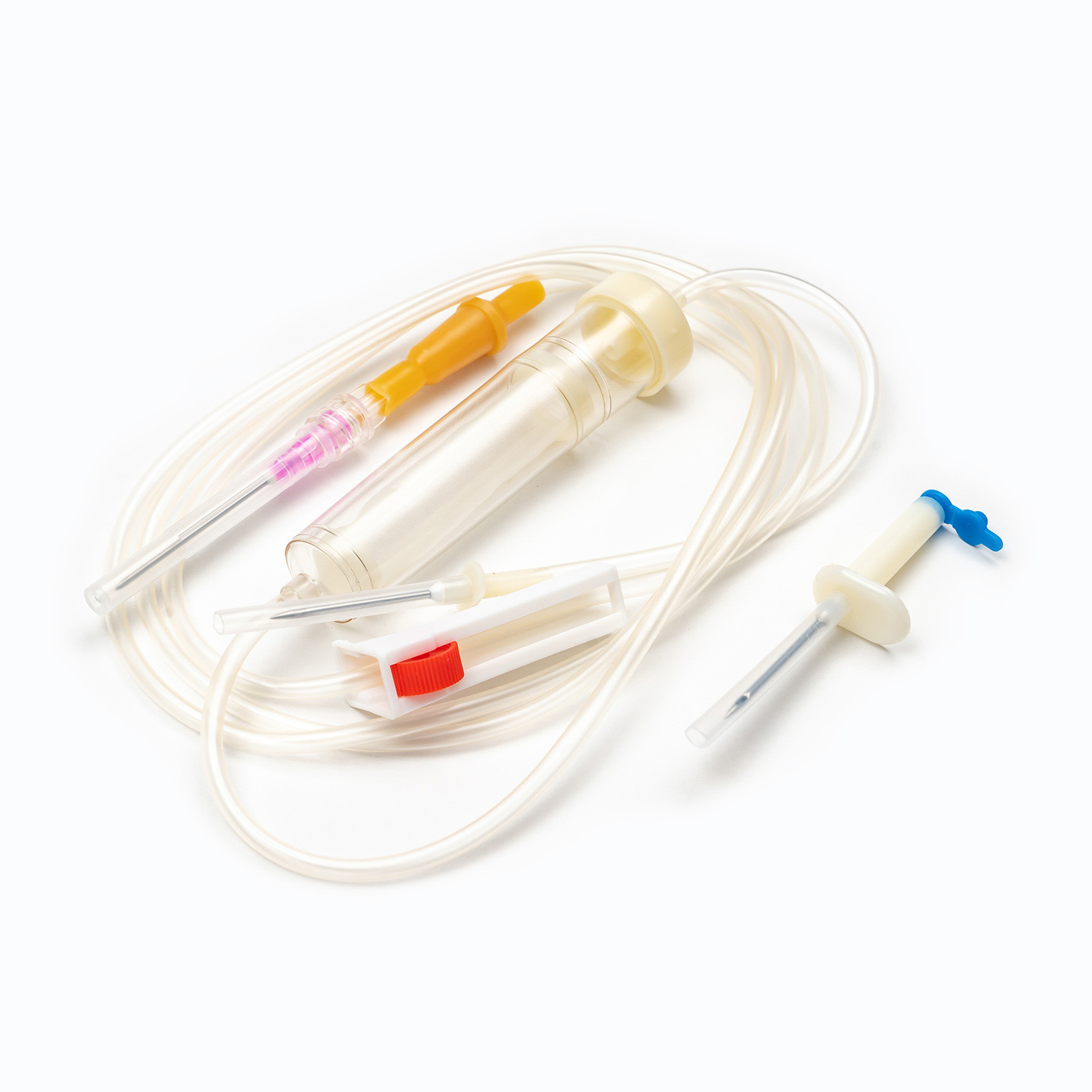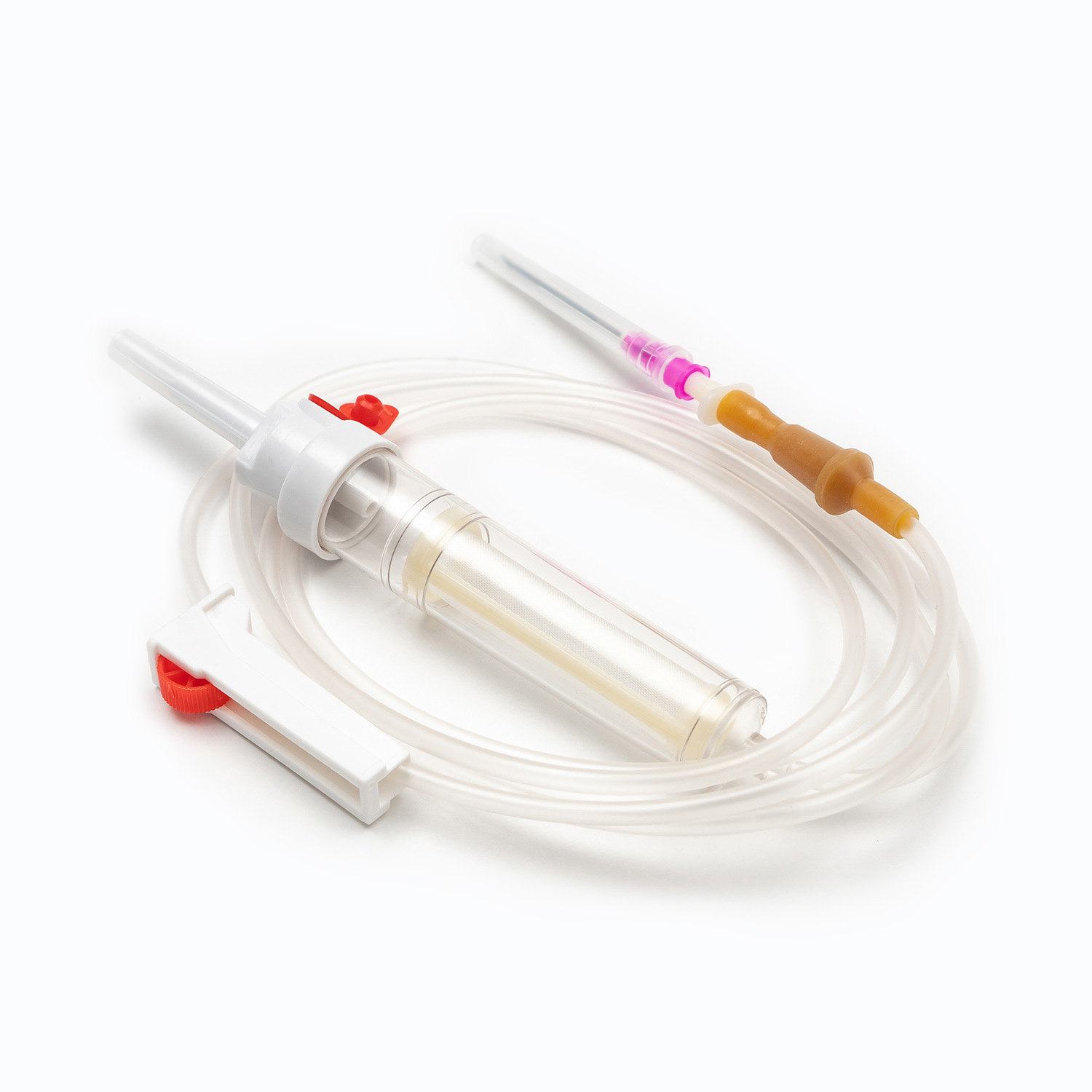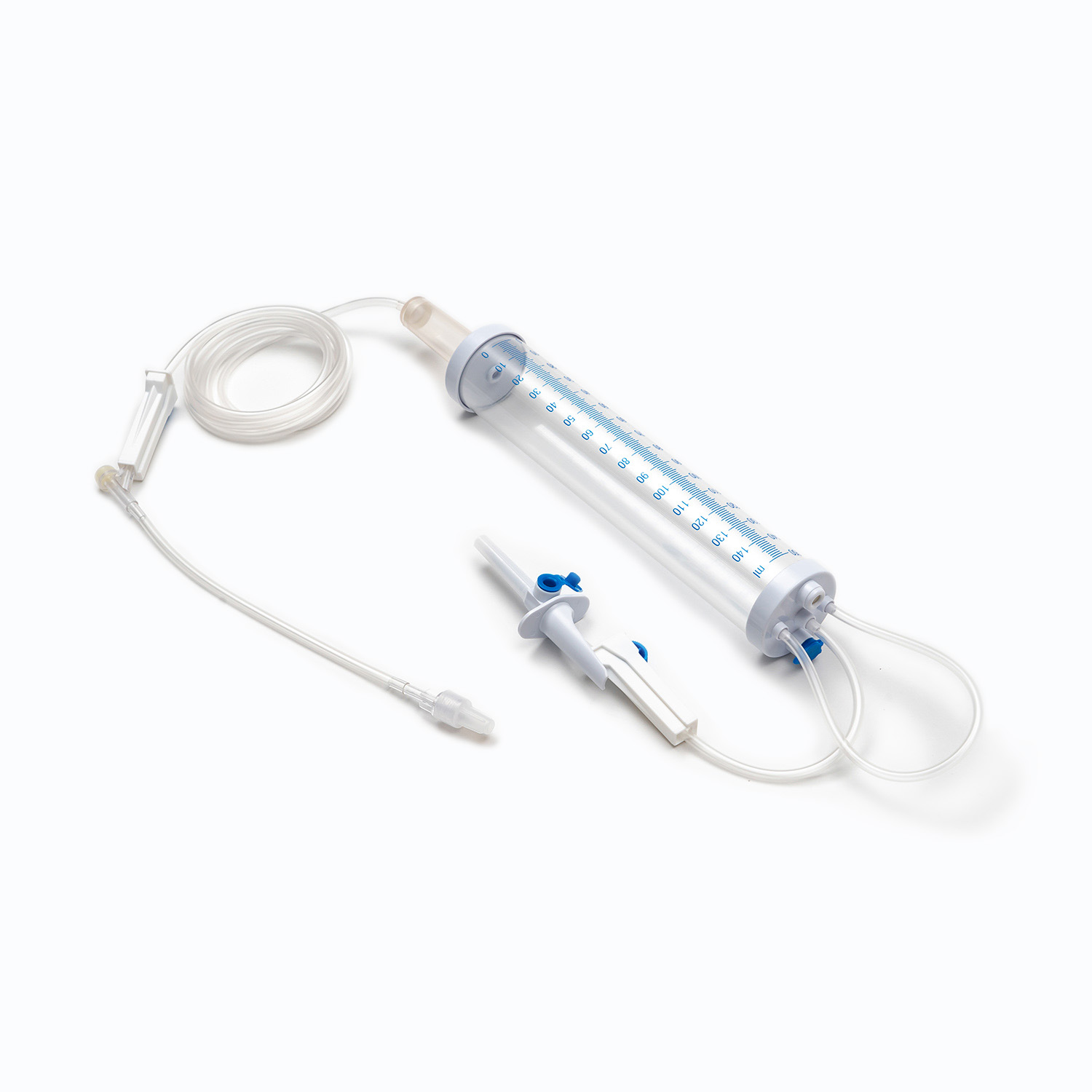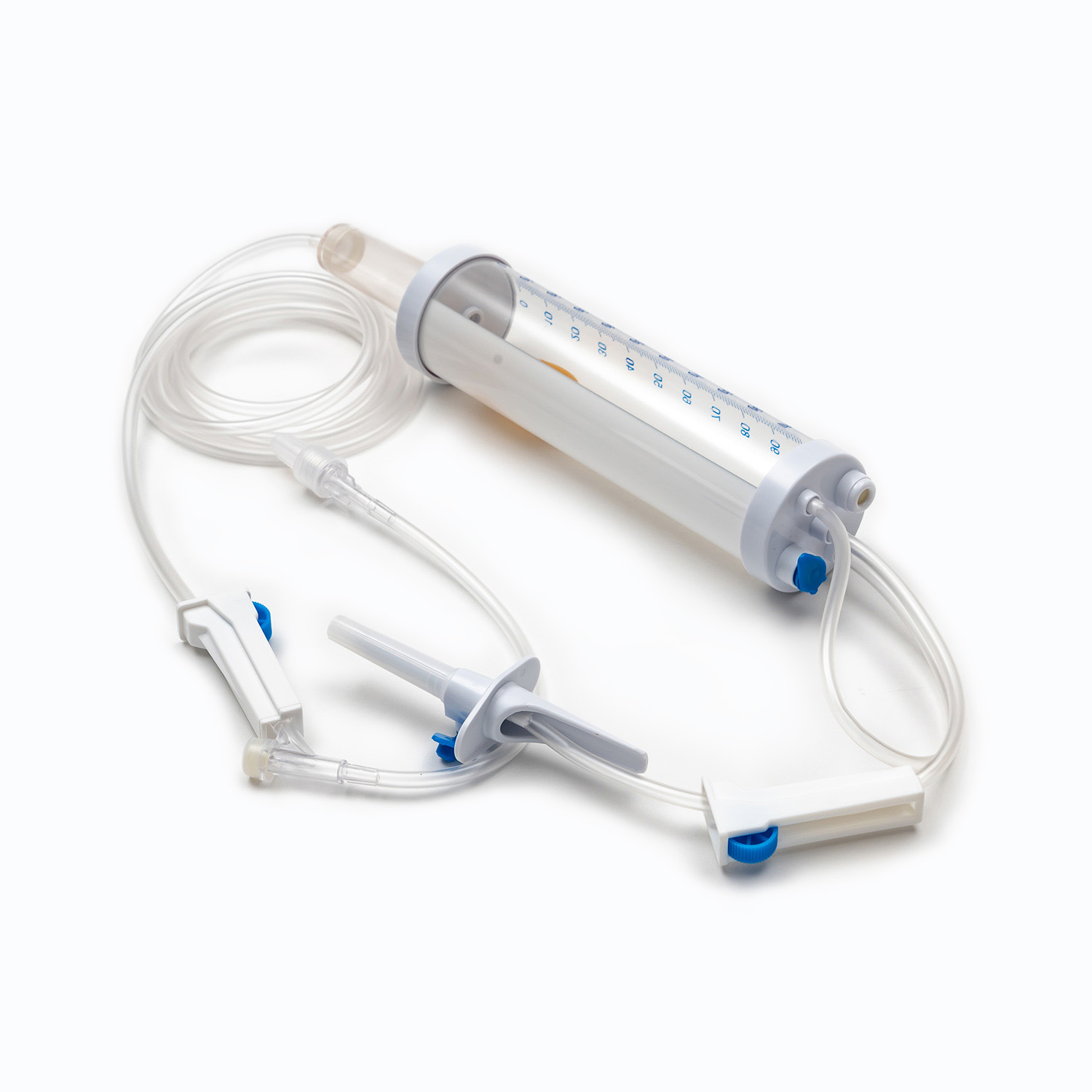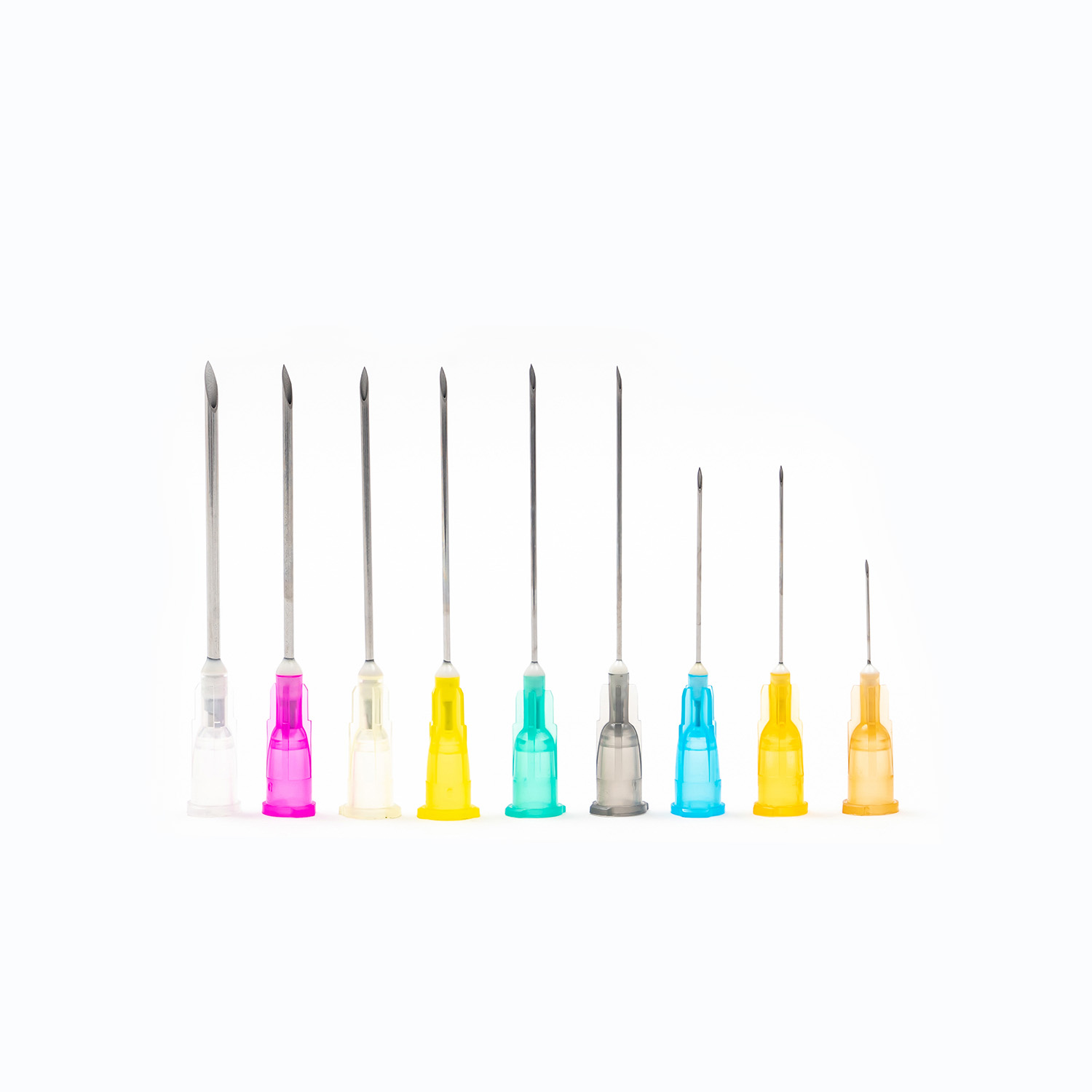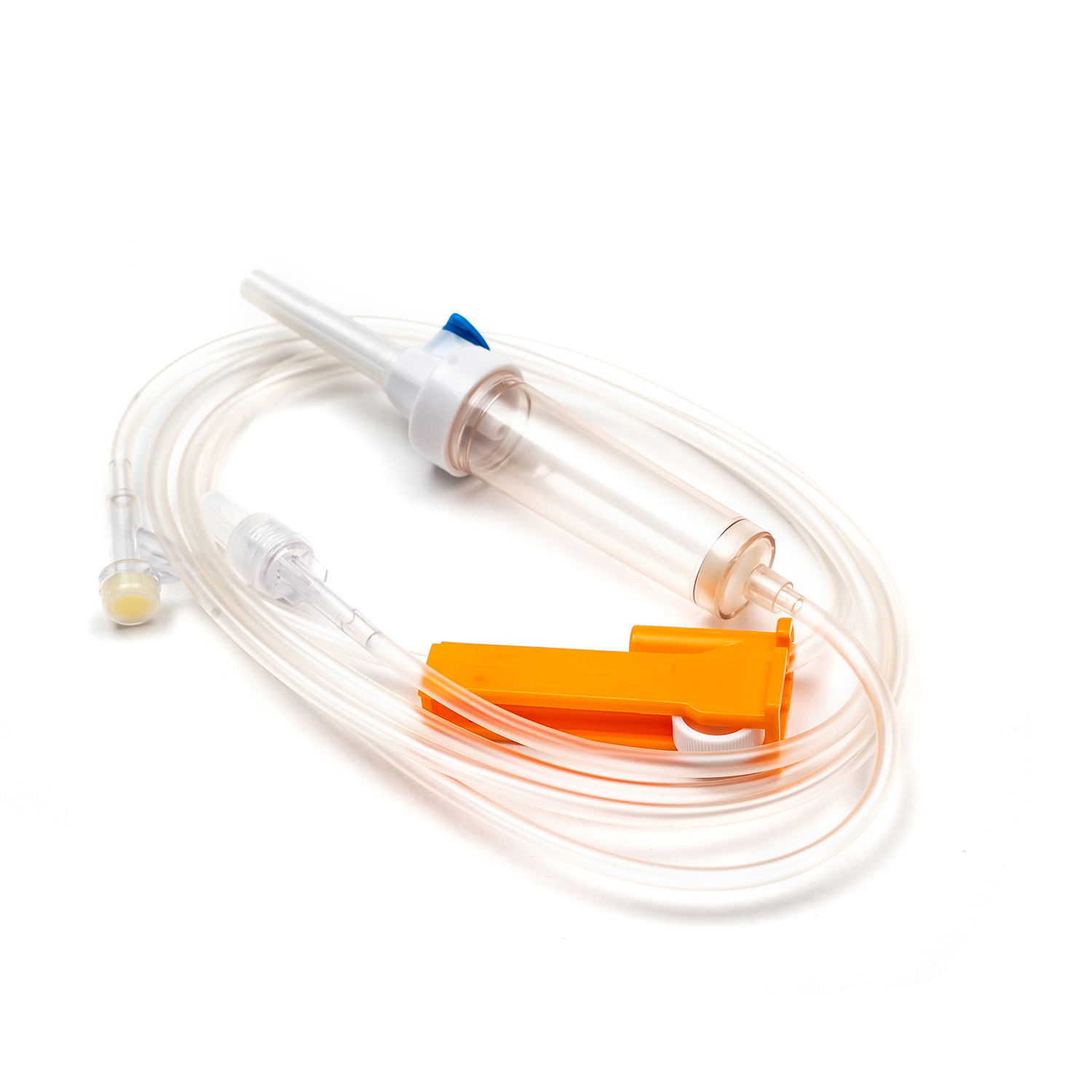Function and selection of urinary catheters: providing protection for health care
Jul 01,2025
Urinary catheters, as a common medical device, are widely used in clinical practice. Its main function is to help patients who cannot urinate consciously drain urine out of the body. Whether in surgery, postoperative recovery, or treatment of specific diseases, urinary catheters play a vital role. With the development of medical technology, the types and materials of urinary catheters have been continuously improved to better meet the needs of different patients.
What is a urinary catheter? The basic structure and function of urinary catheters
A urinary catheter is a medical device used to help urination, usually made of soft plastic, silicone or rubber materials. Its main function is to guide urine out of the bladder to avoid health risks caused by normal urination due to some reasons. The basic structure of a urinary catheter includes a tube body, a catheter and a connecting device. Depending on the purpose of use, the types and designs of urinary catheters are also different.

Types and selections of urinary catheters
There are many types of urinary catheters. When choosing a urinary catheter, patients should choose it according to their personal physical condition, treatment needs and comfort during use. Common types of urinary catheters include:
Indwelling catheters: Suitable for patients who need long-term urination, usually for postoperative recovery, intensive care patients or patients with neurological diseases. Its characteristic is that it can be left in the bladder for a long time and urinate through an external tube bag.
Intermittent catheters: This type of catheter is usually used for patients who cannot urinate on their own, but do not need to be used for a long time. Patients can insert the catheter themselves as needed and remove it after urination to reduce the risk of infection.
Short-term catheters: This type of catheter is generally used in the short term after surgery, usually not more than 7 days. It is suitable for patients who temporarily need help with urination after surgery.
Surgical catheters: This type of catheter is usually used during surgery to help doctors keep the urinary tract open during surgery and avoid urine accumulation.
Each type of catheter has its own unique design and requirements depending on the purpose of use. Choosing a catheter that suits your needs will not only help improve the treatment effect, but also reduce unnecessary complications.
How to use a catheter correctly? Operation process and precautions
The correct use of the catheter is essential for the health of the patient. When using a catheter, you should not only master the basic operating skills, but also understand the relevant hygiene precautions.
Preparation before catheterization: Before inserting the catheter, ensure hand hygiene and use disinfectant to clean the catheter site. For patients who use catheters for a long time, the catheter should be replaced regularly to avoid bacterial infection.
Catheterization process: When inserting the catheter, it is necessary to maintain clean operation to avoid urinary tract infection. During the catheterization process, try to avoid pulling the catheter to ensure the smooth flow of the catheter.

Fixing the catheter: After the catheter is inserted, the catheter needs to be fixed in the patient's body by a suitable fixing method to avoid discomfort caused by the movement of the catheter.
Treatment after urination: After the catheter is connected to the urine bag, the patient should check the urine bag regularly to ensure that the urine is unobstructed and not blocked. At the same time, clean the urine bag and the pipe regularly to avoid bacterial growth.
Catheters, as an important medical tool, play an irreplaceable role for many patients who need long-term or short-term urination assistance. Correctly selecting a catheter, mastering the use skills, and paying attention to hygiene and care can effectively reduce the occurrence of complications and protect the health of patients. In the modern medical environment, improvements and innovations in urinary catheters continue to drive advances in nursing technology to better serve the health needs of patients.



 English
English Français
Français русский
русский Español
Español
